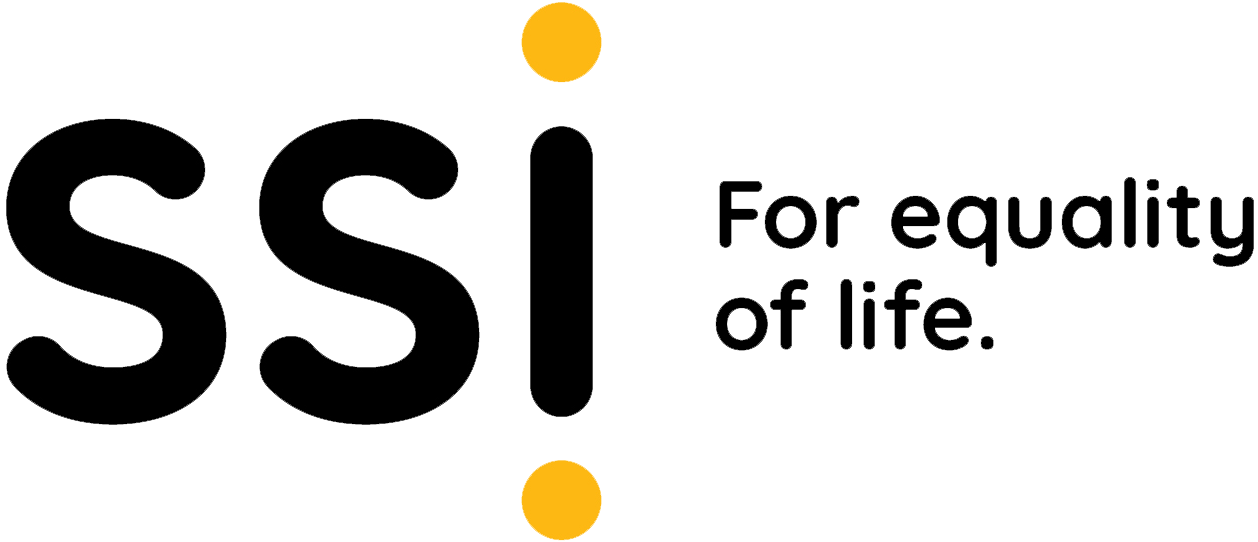When applying for a job, your resume makes the first impression.
Recruiters use this information to determine if you have the necessary skills that match the role for which you are applying.
So, what exactly does this mean?
When jobs are advertised (through an ever-increasing range of platforms), they usually overview the role, the essential requirements, and a few additional skills or qualifications that they would like candidates to have.
When a job states an essential requirement, it’s referring to the minimum skill level or qualification that you must hold to be considered for the role. This may be a trade certificate or degree. It could also mean a minimum level of work experience in a similar position.
A job advertisement may also say something along the lines of “Great to have”. Even though this is not a requirement, candidates with those additional skills or qualifications will be favoured.
So, what should you ideally include in your resume? The important things are your contact information, summary statement, list of all your skills, work history, and any education and training you have completed or are currently completing.
If you are including your desired role in your summary statement, ensure that it relates to the position that you are applying for. It’s not a great idea to put that you are looking for a Sales Manager role when you are applying for a role as a Carpenter. That immediately raises red flags to a potential employer that you will leave as soon as another position in Sales comes your way.
Ensure that you list your work history in reverse chronological order, starting with your most recent role. Give a brief overview of your duties for each job, however, make sure you add any professional accomplishments or achievements.
“But how many pages should I write”?
As a rule, it’s good to follow this format:
- One-page resume: this is best for an entry-level job seeker. No one would expect you to have a detailed job history if you have only recently entered the workforce.
- Two-page resume: Use this if you have a detailed work history. This is perfect for people with multiple roles & shows career advancements in their work history.
- Three-page resume: This is more suited for executives and academics where the expectation would be for them to provide more in-depth detail
When choosing a font for your resume, try and stick to one of the standard fonts. Times Roman, Arial, Helvetica & Georgia are all excellent options. You want to ensure that your resume is easy to read.
Keep your resume plain and straightforward unless, of course, you are applying for a graphic arts job. Then you want your resume to stand out and showcase your design talents.
And there you have it, all the tools to help you write your next resume and lead you into your next dream job.
[*Heather Bailes is the Recruiting Specialist at Work+Stay, an initiative of Settlement Services International [SSI]. Work+Stay is a social enterprise wholly focused on making it easy for regional employers to attract and secure the workforce they need and supporting those newcomers to stay for the long term.]
You can find Heather on LinkedIn here: https://workstay.biz/HeatherBailesLinkedIn
Links:
- Check out exactly what Regional Australia has to offer here: movetomore.com.au
- regionsrising.regionalaustralia.org.au/summit-2021



